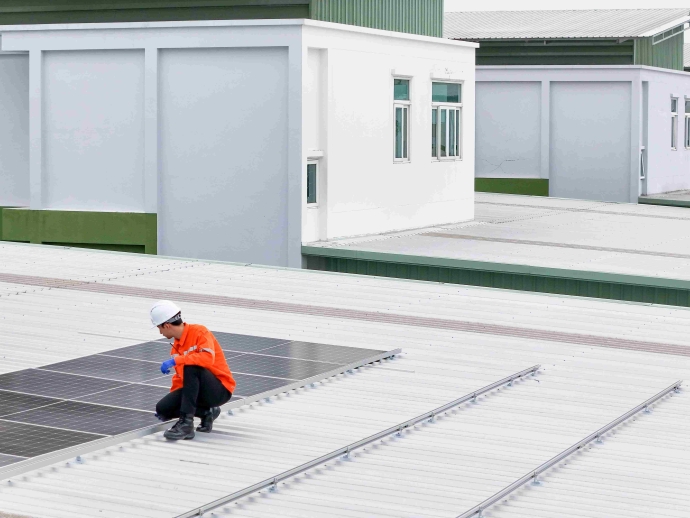Commercial Cool Roof Retrofits: Minimizing Business Disruption in DFW

In the Dallas-Fort Worth (DFW) area, commercial cool roof retrofits have become a popular choice for businesses seeking to reduce energy costs and enhance their environmental footprint. However, these projects can be complex and require careful planning to minimize disruptions to business operations. This article will explore the key aspects of planning, tenant considerations, and timeline management for a successful cool roof retrofit in DFW.
Introduction to Cool Roofs
Cool roofs are designed to reflect sunlight and absorb less heat than traditional roofs, thereby reducing the need for air conditioning and lowering energy bills. They are particularly beneficial in hot climates like DFW, where summer temperatures can soar. Cool roofs can be achieved through various materials, including reflective coatings, white membranes, and specialized roofing systems.
Installation Planning
Effective installation planning is crucial to ensure that the retrofit process runs smoothly and efficiently. Here are some steps to consider:
-
Assessment and Preparation:
-
Roof Inspection: Conduct a thorough inspection of the existing roof to identify any issues that need to be addressed before the retrofit. This includes checking for leaks, damaged areas, and ensuring the roof is structurally sound.
-
Surface Preparation: Ensure the roof surface is clean and free of debris. This may involve power washing or manual cleaning, depending on the condition of the roof.
-
Material Selection:
-
Choose materials that meet local building codes and energy efficiency standards. Common options include acrylic-based and silicone-based coatings, each offering unique benefits such as UV resistance and water protection.
-
Consider the type of existing roof and whether it can support a cool roof system. For example, white roofing systems can be installed over most existing roofing types.
-
Coordination with Other Systems:
-
If your building has solar panels or HVAC equipment on the roof, coordinate with the relevant service providers to temporarily remove or secure these systems during the retrofit.
Tenant Considerations
Tenant considerations are vital to maintaining a positive relationship and minimizing disruptions during the retrofit process.
-
Communication:
-
Keep tenants informed about the project timeline, potential disruptions, and benefits of the cool roof retrofit. This can help manage expectations and reduce complaints.
-
Provide regular updates on the progress and any changes to the schedule.
-
Noise and Disruption Management:
-
Schedule noisy work during less busy periods or outside of business hours if possible.
-
Ensure that pathways to essential areas, such as stairwells and elevators, remain accessible throughout the project.
-
Safety Precautions:
-
Implement safety measures to protect tenants from potential hazards like falling debris or chemical fumes from roofing materials.
-
Use signage to alert tenants of work areas and ensure they understand any safety protocols.
Timeline Management
Managing the timeline effectively is essential to completing the retrofit without significant business disruption.
-
Project Scheduling:
-
Create a detailed project schedule that outlines each phase of the retrofit, including preparation, installation, and final inspections.
-
Allow for contingencies in case of unexpected delays due to weather or material availability.
-
Phased Implementation:
-
Consider implementing the retrofit in phases if the building is large or has multiple sections. This can help minimize disruptions by limiting the area affected at any given time.
-
Ensure that each phase is completed before moving on to the next to maintain continuity and avoid confusion.
-
Monitoring Progress:
-
Regularly monitor the project's progress against the schedule. Identify and address any delays promptly to prevent them from impacting the overall timeline.
-
Conduct regular meetings with the project team to discuss progress, address concerns, and make adjustments as needed.
Conclusion
Commercial cool roof retrofits in DFW offer numerous benefits, including reduced energy consumption and lower utility bills. However, successful implementation requires meticulous planning, effective tenant communication, and careful timeline management. By following these guidelines, businesses can minimize disruptions and ensure a smooth transition to a more energy-efficient and sustainable roofing system.

